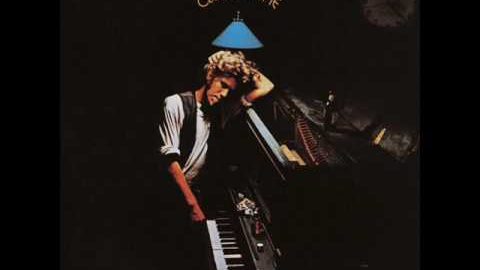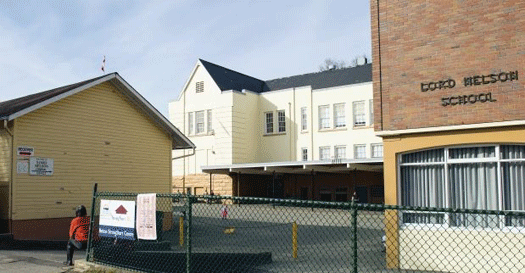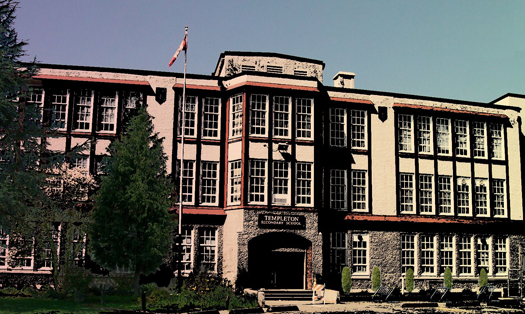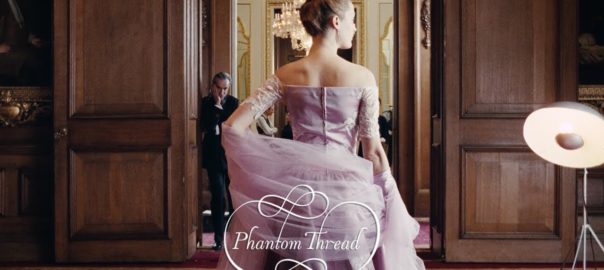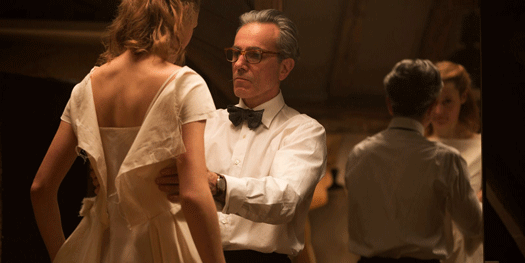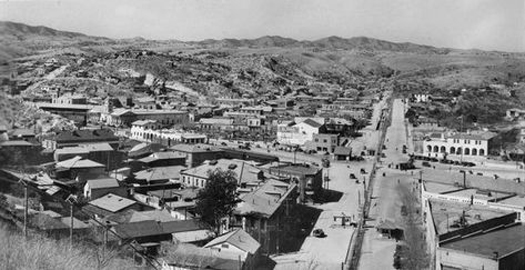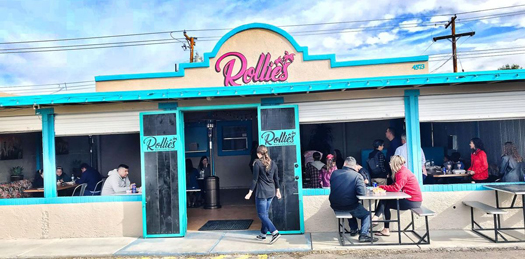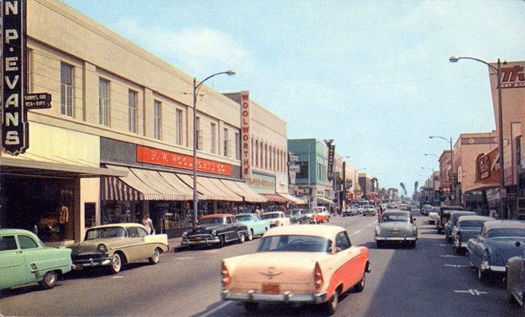 Pomona, California, Los Angeles county, 1950s, birthplace of songwriter Tom Waits
Pomona, California, Los Angeles county, 1950s, birthplace of songwriter Tom Waits
Thomas Alan Waits was born on the 7th of December in 1949, in Pomona, California, a little town located between the Inland Empire and the San Gabriel Valley, situated within Los Angeles County. His father, Jesse Frank Waits — about whom Waits would later say … “he was a tough one, always an outsider” — taught Spanish at a local school and was an alcoholic, while his mother Alma was a housewife and regular church-goer.
Waits was the second of three siblings, having both an older and younger sister, raised (as he’s often said) in a middle-class household, his “a pretty normal childhood”. He attended Jordan Elementary and later on Hilltop High School, where he was bullied. It was at Hilltop, though, where he learned to play the bugle and the guitar, while his father had earlier taught him to play the ukulele. Summers, more often than not, he visited maternal relatives in Gridley or Marysville, both small towns about 50 miles north of Sacramento, in northern California. Waits recalls that it was an uncle’s raspy, gravelly voice that inspired the manner in which he later sang.
In 1959, Waits’ parents separated and his father moved away from the family home; it was a traumatic experience for the 10-year-old boy. Alma took her children and relocated to Chula Vista, a middle-class suburb of San Diego. In Chula Vista, he fronted a rhythm and blues school band, The Systems, where he developed a love of soul singers like Ray Charles, James Brown, and Wilson Pickett, as well as country music and Roy Orbison. Later on, Bob Dylan became a catalytic influence, with Waits placing transcriptions of Dylan’s lyrics on his bedroom walls.
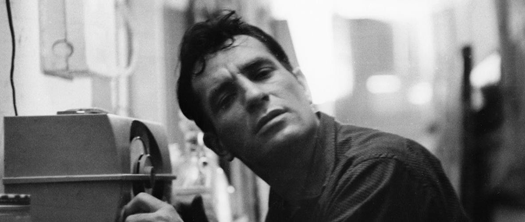 Novelist Jack Kerouac listening to the beat of a new generation, where as he wrote, “The only people for me are the mad ones, the ones who are mad to live, mad to talk, mad to be saved, desirous of everything at the same time, the ones who never yawn or say a commonplace thing, but burn, burn, burn, like fabulous yellow roman candles exploding like spiders across the stars.” Excerpted from Kerouac’s 1956 novel, On The Road.
Novelist Jack Kerouac listening to the beat of a new generation, where as he wrote, “The only people for me are the mad ones, the ones who are mad to live, mad to talk, mad to be saved, desirous of everything at the same time, the ones who never yawn or say a commonplace thing, but burn, burn, burn, like fabulous yellow roman candles exploding like spiders across the stars.” Excerpted from Kerouac’s 1956 novel, On The Road.
In high school, Waits was a self-described “amateur juvenile delinquent”, interested in “malicious mischief” and breaking the law, a “rebel against the rebels”, as he eschewed the hippie subculture then growing in popularity, inspired instead by the 1950s Beat generation, with a great love for the work of Beat writers like Jack Kerouac, Allen Ginsberg, and William S. Burroughs. In 1968, at age 18, he dropped out of high school.
The Howl, Allen Ginsburg, September 1956
I saw the best minds of my generation destroyed by madness, starving hysterical naked, dragging themselves through the negro streets at dawn looking for an angry fix, angelheaded hipsters burning for the ancient heavenly connection to the starry dynamo in the machinery of night, who poverty and tatters and hollow-eyed and high sat up smoking in the supernatural darkness of cold-water flats floating across the tops of cities contemplating jazz, who bared their brains to Heaven under the El and saw Mohammedan angels staggering on tenement roofs illuminated, who passed through universities with radiant cool eyes hallucinating …
Waits spent much of the next three years traveling, picking up odd jobs here and there, taking college classes in photography, while all the while pursuing his musical interests, including learning the piano, all of which led to gigs along California’s coast, opening for acts like Tim Buckley, and Sonny Terry and Brownie McGhee.
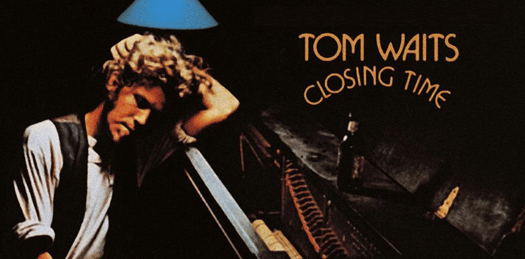
Early in 1972, Tom Waits landed a gig at the Troubadour in West Hollywood, where he came to the attention of Herb Cohen, a music impresario, record company executive, music publisher, and personal manager for Linda Ronstadt, Frank Zappa, Buckley, and Odetta, among other artists. Cohen signed Waits to a publishing contract with Troubador Records — it was at Troubador that Waits came to the attention of David Geffen, who gave Waits a recording contract with his Asylum Records, the recording sessions taking place in Hollywood’s Sunset Sound studios, the resulting album titled Closing Time, released in March 1973. The rest, as they say, is history.
In a down period of my life, living in a tiny apartment in Coquitlam, teaching school, my Master’s programme falling apart, and the state of my marriage — if such a thing even existed anymore — undecided at best, I took solace with music from Waits’ 1980 album Blue Valentine, most particularly his version of Leonard Bernstein’s Somewhere, from West Side Story (which, for me, is the definitive version of the song). As you can hear, by this point in his career, Tom Waits had developed his signature raspy and heartrending voice. Both songs remain among my favourites to this day.
